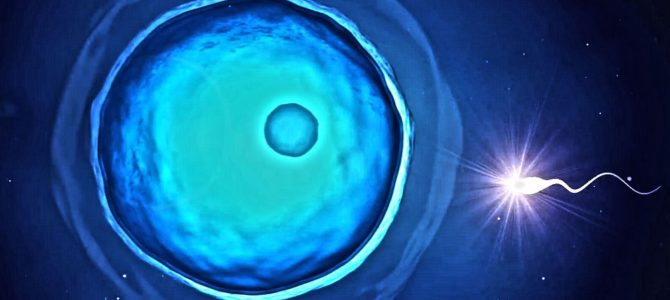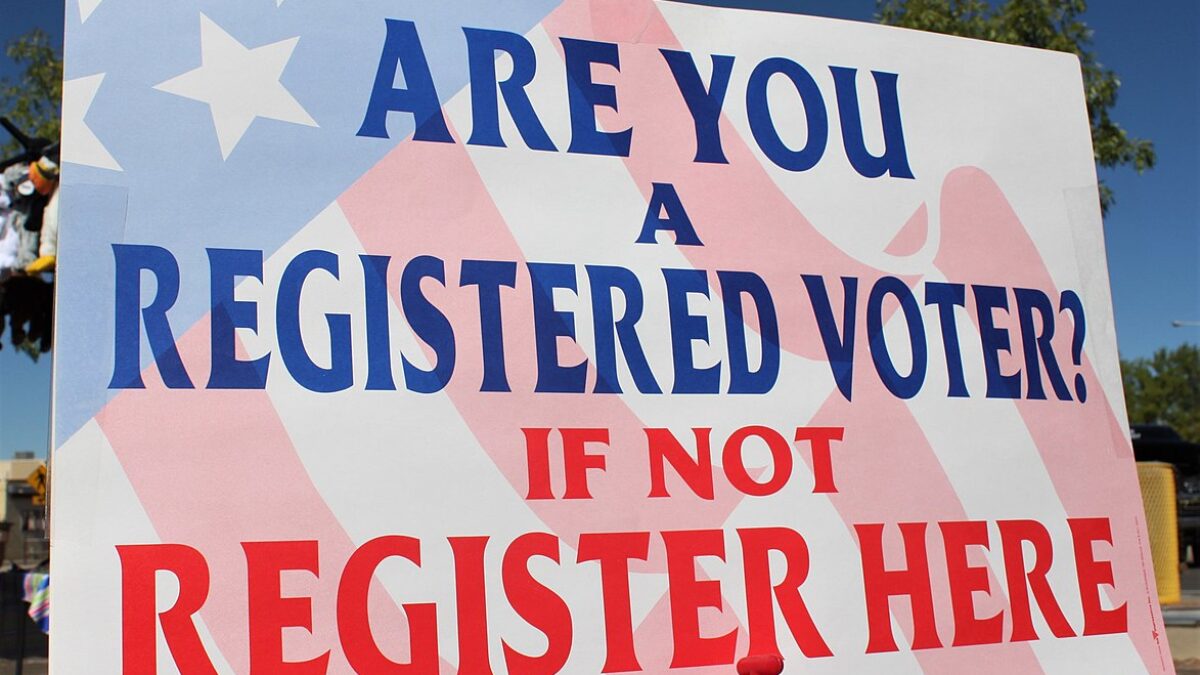
Pro-abortion rhetoric is really hard to follow. I was recently asked to give the pro-life side in an abortion debate on the Laura Ingraham radio show. I’m an OB-GYN and the executive director of the American Association of Pro-Life Obstetricians and Gynecologists (AAPLOG). The producers must have figured I would be good to counter Dr. Tracey Wilkinson, a pediatrician and fellow with Physicians for Reproductive Health.
During the exchange, Laura asked Wilkinson if she ever thinks of the unborn child who is already developing with “the brain stem, and the fingers, and the eyes and the DNA that is unique.” Wilkinson’s answer was jaw-dropping. She countered, “What I learned in all my years of training, is that as a physician, I can tell you when pregnancy begins and when viability starts. But when life begins is really up to a personal opinion.”
Sorry, Dr. Wilkinson. When life begins is not up to personal opinion, it’s a scientific fact. Let me explain, as a physician, what all my years of training have shown. Let’s start with the science of when life begins.
A Primer to the Science of Life
The scientific definition for the start point of any mammalian organism, including humans, is “fertilization.” For humans, this happens when a sperm travels up a woman’s fallopian tube to join with the woman’s egg after it’s been released. At the moment of fertilization, sperm and egg fuse together. This takes place in milliseconds.
Science recognizes that a sperm and egg fused together become a one-cell, living organism. Its scientific name is a “zygote” (not the misnomer “fertilized egg”). Following fertilization, this zygote, or one-celled embryo, is brushed gently down the fallopian tube toward the woman’s womb. As it travels in about five to seven days through the tube, it is rapidly growing and adding more cells.
By the time the embryo gets to the womb, the womb’s lining has been perfectly prepared to embrace and nurture the embryo for further growth. The embryo implants in the womb and starts making a lot of a special hormone called Human Chorionic Gonadotropin (hCG). This hCG ensures that the woman’s ovaries will continue to produce progesterone, that special hormone needed for nourishing the unborn child. Beta hCG is what a positive pregnancy test measures.
Usually about a week after implantation of the embryo in the womb, when the embryo is approximately 14 days old, enough hCG is present in the woman’s urine for a basic grocery store pregnancy test to read “positive.”
Let’s Look at How Terms Have Changed
Getting back to Wilkinson, how could anyone medically trained suggest that when life begins is a matter of personal opinion? Pro-abortion influencers have been muddying the waters for decades.
As you read the above description of how life begins, did you wonder why I didn’t use the term “conception?” Most people understand “conception” to mean the same thing as “fertilization.” Most biology textbooks as well as medical dictionaries use the terms interchangeably.
But in the 1960s, the public was concerned that contraceptives might harm their embryonic children. The American College of Obstetricians and Gynecologists (ACOG), heavily financed by the contraceptive industry, took it upon themselves to change the meaning of “conception.” Now instead of “conception” meaning “fertilization,” “conception” means the “the completion of implantation.”
Using this altered definition, “pregnancy” begins at “conception,” but “conception” is something that happens 10 to 14 days after sperm meets egg, or fertilization. So intrauterine devices, or IUDs, which prevent the embryo from implanting in the uterus, could be called a “contraceptive,” even though it results in the death of early human embryos.
If you could follow that, stay with me for the next changing of terms. In the 1960s, we also started hearing a new term: “fertilized egg.” Scientifically speaking, there’s no such thing as a human “fertilized egg.” Once sperm and egg fuse together, the egg and sperm no longer exist. There is now a zygote, or one-celled embryo, at the beginning point of its human life.
Why the change? Researchers recognized it’s easier to avoid the reality that a human life is in existence when the one-cell embryo is called a “fertilized egg.” Using “fertilized egg” dehumanizes the embryo and opens the doors for creating and destroying large numbers of embryos through invitro fertilization, embryonic stem cell research, and more.
I did not go to the same medical school as Wilkinson. In my training to become an OB-GYN, I learned life begins at the moment of fertilization, when sperm and egg meet. Many members of my organization, AAPLOG, would tell you they learned the same thing, despite influential forces attempting to redefine the terms for the last half century.
The Pro-Abortion Position Contradicts Itself
Sadly, Wilkinson is not alone in denying human life in the womb. In a 2014 interview, retired Planned Parenthood CEO Cecile Richards was put on the spot about when life begins. She said, “I’m the mother of three children. For me, life began when I delivered them.” For Richards, it was easier to sell abortions, to the tune of more than 300,000 a year at Planned Parenthood, if the unborn child wasn’t actually a life.
But consider a 1951 pamphlet from Planned Parenthood: “If one of the new male sperm meets and unites with an egg cell, a new life begins.” I promise you won’t find that sentence on Planned Parenthood’s website today, as evidenced by Richards’ claim that she deemed life to begin at birth for her children.
Of course, some abortion proponents do recognize the child growing in the womb is a life. For them, it’s a life that’s okay to end. Consider an article from liberal Rewire.News titled, “Life Begins at conception – that’s not the point.”
The writer claims the vast majority of women know they are ending “biological life,” but it’s “reproductive slavery” to consider the unborn child’s rights as equal with the pregnant women’s rights. The writer contends that only the woman has the right to decide whether to “bring a new person into the world,” conveniently ignoring the fact that a new person has already entered the world and resides in the woman’s womb.
The debate over aborting children with disabilities has been front and center recently. States have passed laws banning abortions for the sole reason of a child’s potential disability. Average Americans were outraged when they learned Iceland has aborted nearly every unborn child with Down syndrome.
This spring, a Washington Post editorial writer boldly proclaimed her stance on ending the lives of unborn children with Down syndrome. Ruth Marcus’ column was titled, “I would’ve aborted a fetus with Down syndrome. Women need that right.” She wrote, “I can say without hesitation that, tragic as it would have felt and ghastly as a second-trimester abortion would have been, I would have terminated those pregnancies had the [Down syndrome] testing come back positive. I would have grieved the loss and moved on… That was not the child I wanted.”
So the truth comes out behind the smoke and mirrors. The real issue is that someone wants the unborn child dead. That is the intended product of an abortion: the death of the unborn child.
Stop Denying. Start Protecting
Abortion proponents like Wilkinson may think they are doing themselves a favor by denying life in the womb. At least the abortion advocates who claim the women’s rights are greater than the child’s rights are being honest about the existence of life.
Average Americans, especially those of child-bearing age, know it’s a human life in the womb. In the 1970s, America was sold abortion on demand by forces who claimed abortion just removed a clump of cells or a blob of tissue. Today, young parents consider it a treat to see their weeks-old child on video ultrasound or hear the heartbeat. Technology doesn’t allow us to ignore a human’s existence. There’s no denying what’s going on the womb: a human life is growing.
I’m proud to stand with the thousands of pro-life doctors around the country who support life from the moment of fertilization. We will continue to advocate for legal policies, medical procedures, and Hippocratic care that protect the life of the woman carrying the child and the life of the child from the moment it comes into being. Fertilization marks our human start, our very beginning, and every unborn child has a right to live that life.









